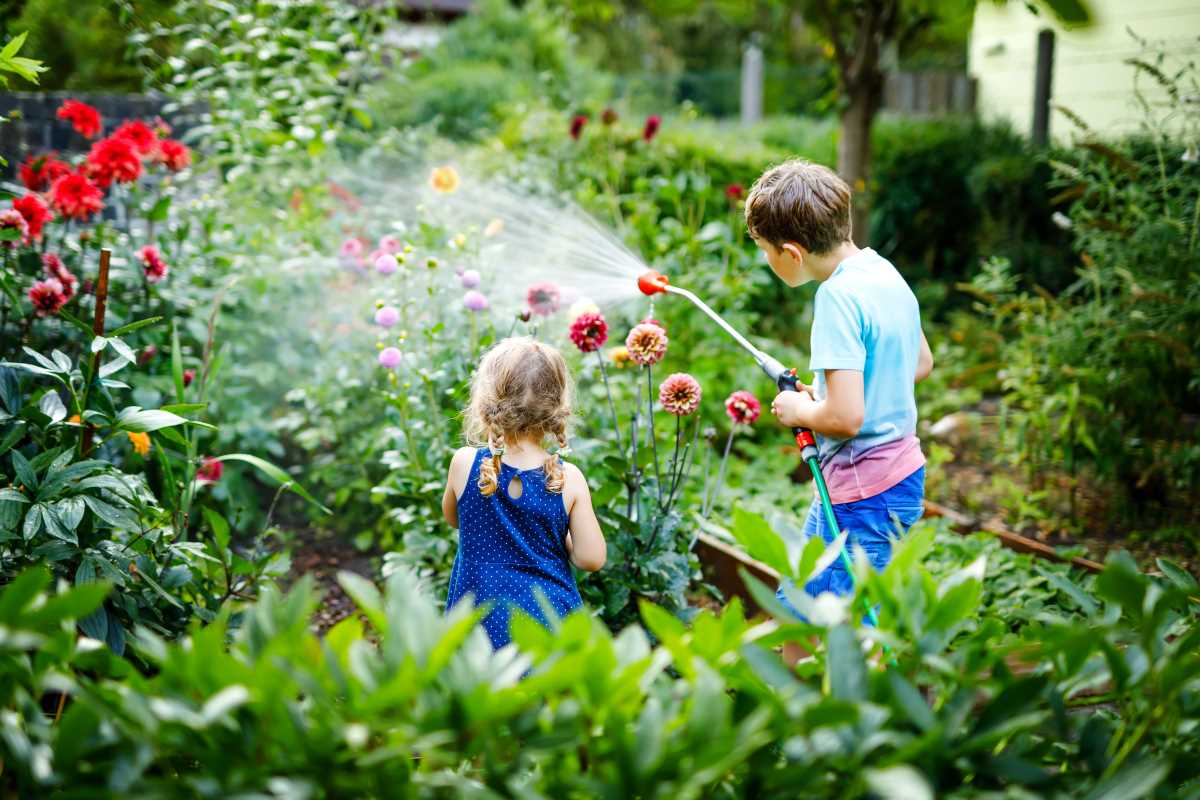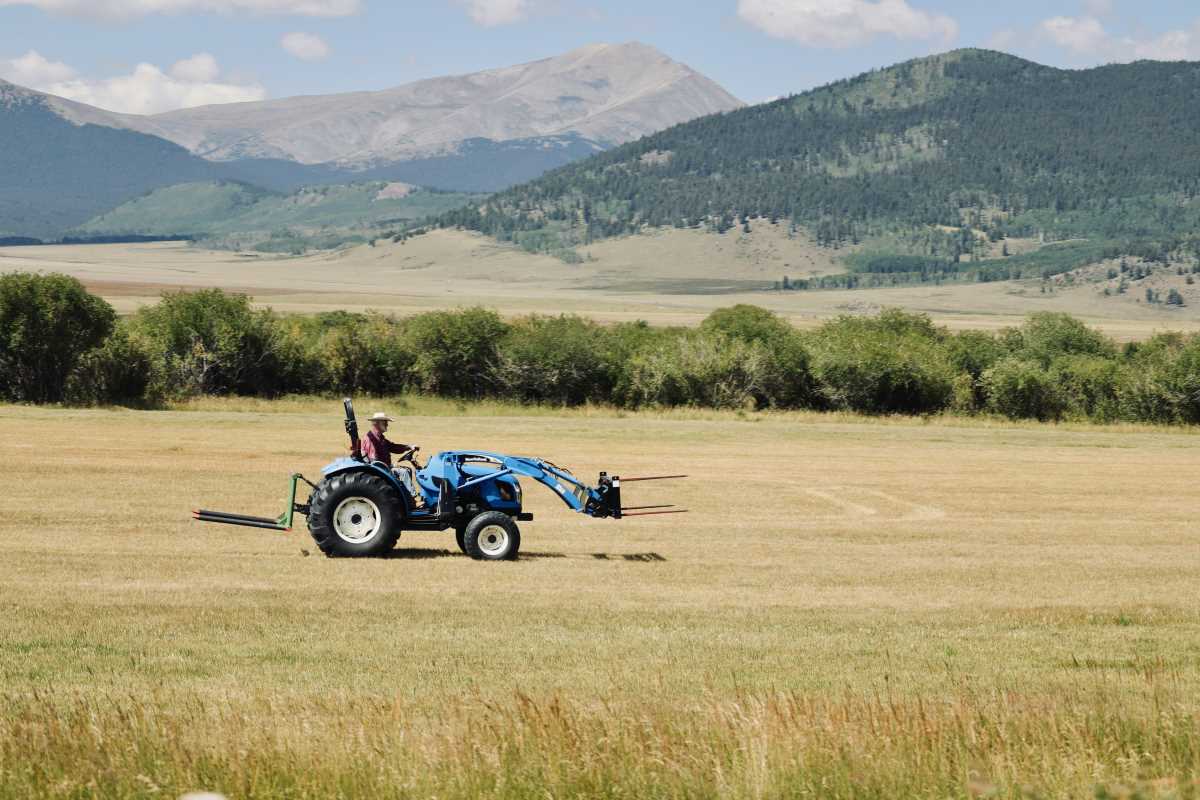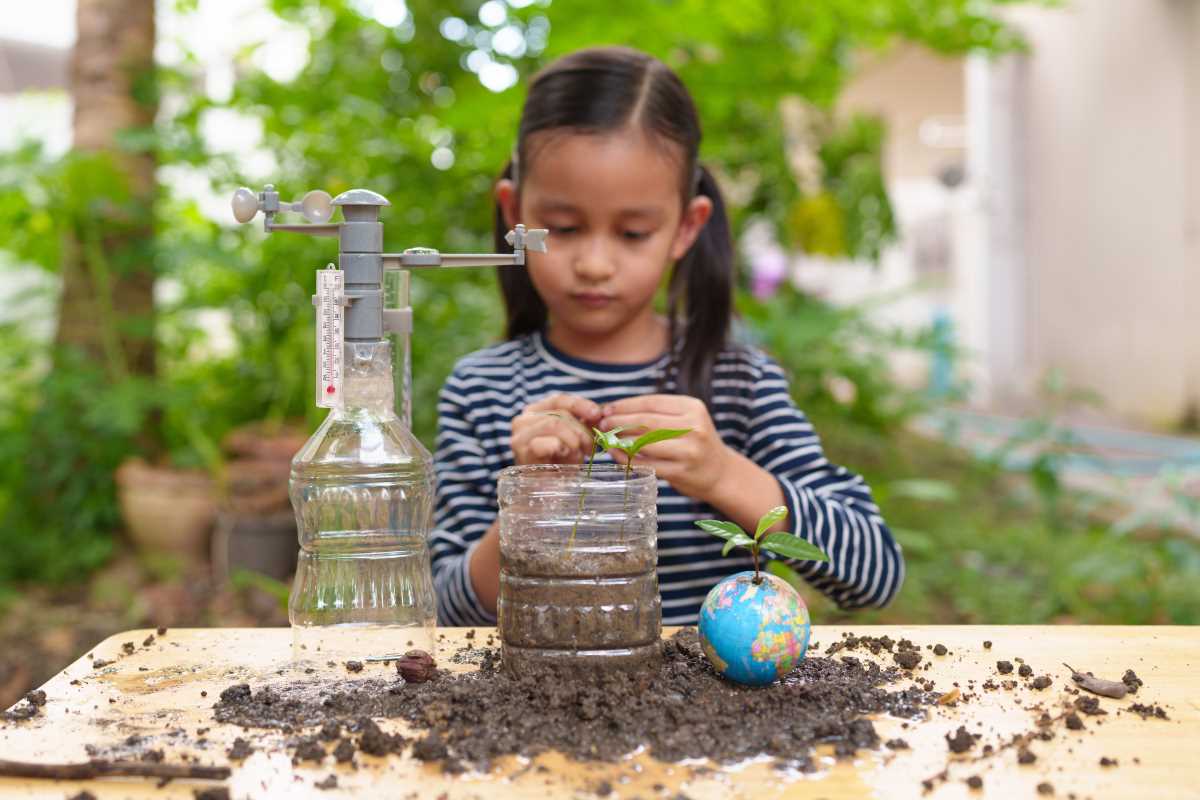Caring for a spacious outdoor area means paying close attention to how water is used each day. Water plays a key role in helping gardens grow strong and healthy, and using it wisely keeps both your landscape and the surrounding environment in balance. By choosing efficient irrigation methods, you can lower your expenses while helping to protect local wildlife and plant life. When you actively plan and monitor the way water flows through your garden, you turn routine maintenance into a meaningful way to preserve one of nature’s most important resources for the future.
Learning to care for your outdoor space with efficient watering methods creates a thriving environment. With solid plans and a few adjustments, you set up a system that fulfills plants' needs while saving water. Hands-on tips help develop balanced routines that work harmoniously with nature.
Understanding Your Garden’s Water Needs
Your garden’s water requirements change based on soil type, plant species, local weather, and the layout of your space. Knowing these details provides a solid foundation for efficient water use. Observation and planning distinguish between water waste and a well-balanced garden.
This section emphasizes key factors that influence water needs:
- Soil composition: Clay retains moisture longer, sand drains quickly.
- Plant selection: Native plants generally need less water.
- Climate conditions: Hot, windy areas might require extra watering.
- Sun exposure: Areas in full sun tend to dry out faster.
- Garden layout: Dense planting can reduce water loss through evaporation.
Practical Water-Saving Techniques for Large Gardens
A carefully planned watering schedule decreases water waste while keeping your garden healthy. Small adjustments can make a big difference. Setting up systems that imitate natural rain and wind patterns ensures deep, effective watering. Applying these tactics makes every drop count.
Use these practical methods to significantly reduce water use. Improving water efficiency also provides peace of mind during dry periods.
- Mulching: Spread organic mulch around plants to keep moisture in and reduce evaporation.
- Drip Irrigation: Set up a system that delivers water directly to plant roots, reducing loss from evaporation and runoff.
- Scheduled Watering: Water early in the morning or late in the afternoon when temperatures are cooler.
- Soil Preparation: Amend soils with organic matter to naturally improve water retention.
- Smart Planting: Group plants with similar water needs together for targeted care.
Rainwater Harvesting and Storage Solutions
Collecting rainwater offers an environmentally friendly way to maintain garden health. Simple setups can make a big difference. You can install rain barrels or create a low-tech system that channels rain away from hardscapes into storage. This method prevents erosion and supplies water during dry spells.
Choose basic designs that need minimal maintenance. Pipes, gutters, and barrels come together neatly for low-impact projects. Every effort in water conservation helps your garden thrive while reducing your reliance on treated water.
Educating Your Household and Community
Sharing practical techniques turns routine tasks into engaging projects. Organize casual walkthroughs or small gatherings to show friends and family how these measures work. When others see these methods in action, each household contributes to thoughtful water use.
Provide a hands-on experience by involving everyone in tasks like checking irrigation systems or laying mulch. Invite neighbors to participate in community planting days. When several households adopt similar practices, the entire community benefits from less water waste and increased awareness.
Common Mistakes and How to Avoid Them
Even the best plans can fail without proper execution. Recognizing common mistakes helps you prevent problems from turning into costly setbacks. Understanding these pitfalls keeps your project on track and your garden healthy.
The list below outlines some typical errors and their solutions:
- Incorrect timing: Watering during the hottest parts of the day causes evaporation. Change watering times to cooler periods.
- Overwatering: Excessive watering weakens plants and spreads disease. Ensure the system delivers the right amount of moisture.
- Poor system setup: Drip systems and hoses might leak if not installed correctly. Regularly inspect and maintain equipment.
- Lack of soil monitoring: Uniform watering might not suit all soil conditions. Periodically test soil moisture levels.
- Ignoring local rainfall data: Scheduling without checking weather forecasts can waste water. Adjust routines based on upcoming weather.
Smart water use ensures each drop serves a purpose. Experiment, adjust, and enjoy the satisfaction of a garden that supports nature and itself.
Follow these methods to support a healthy, vibrant outdoor space. Begin today to see positive results.







